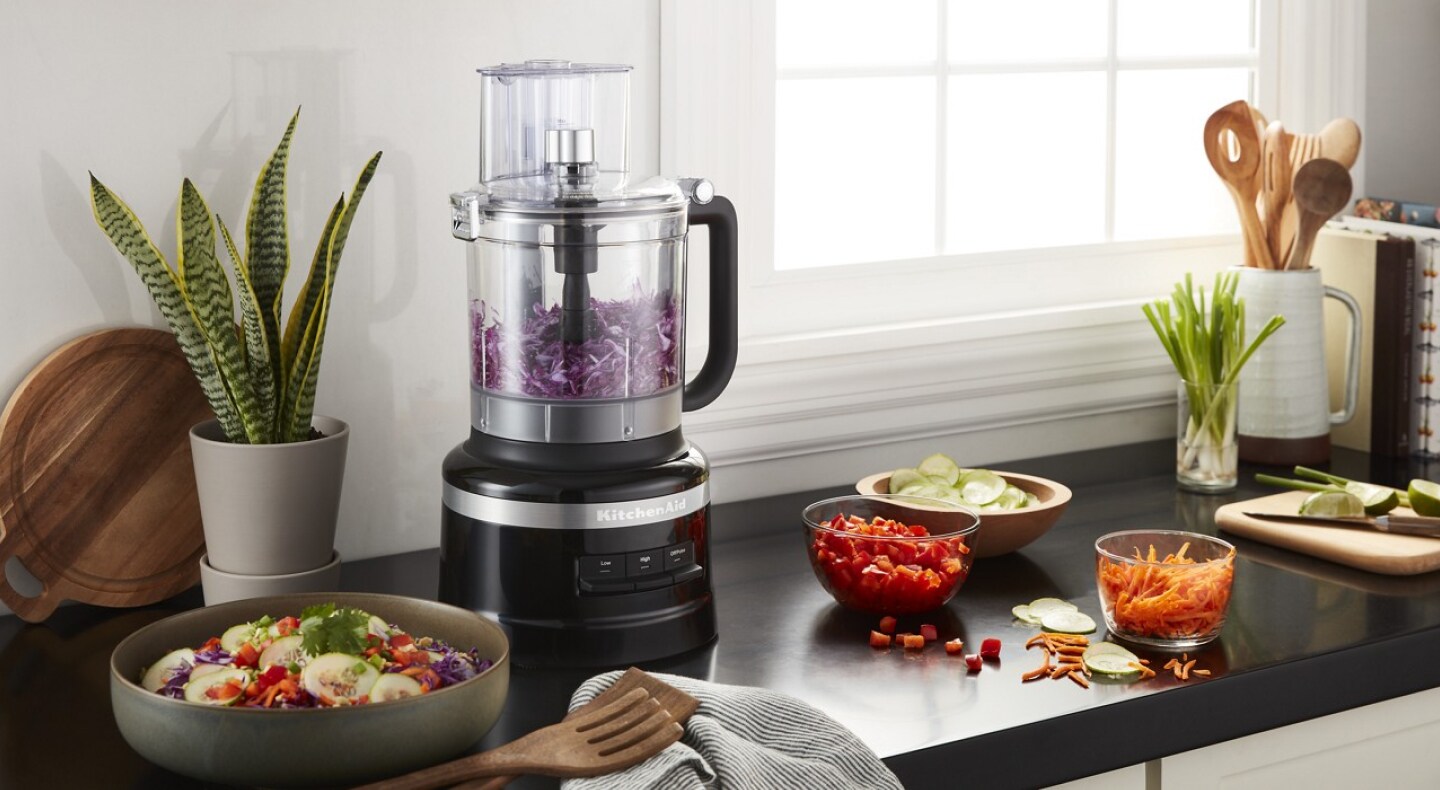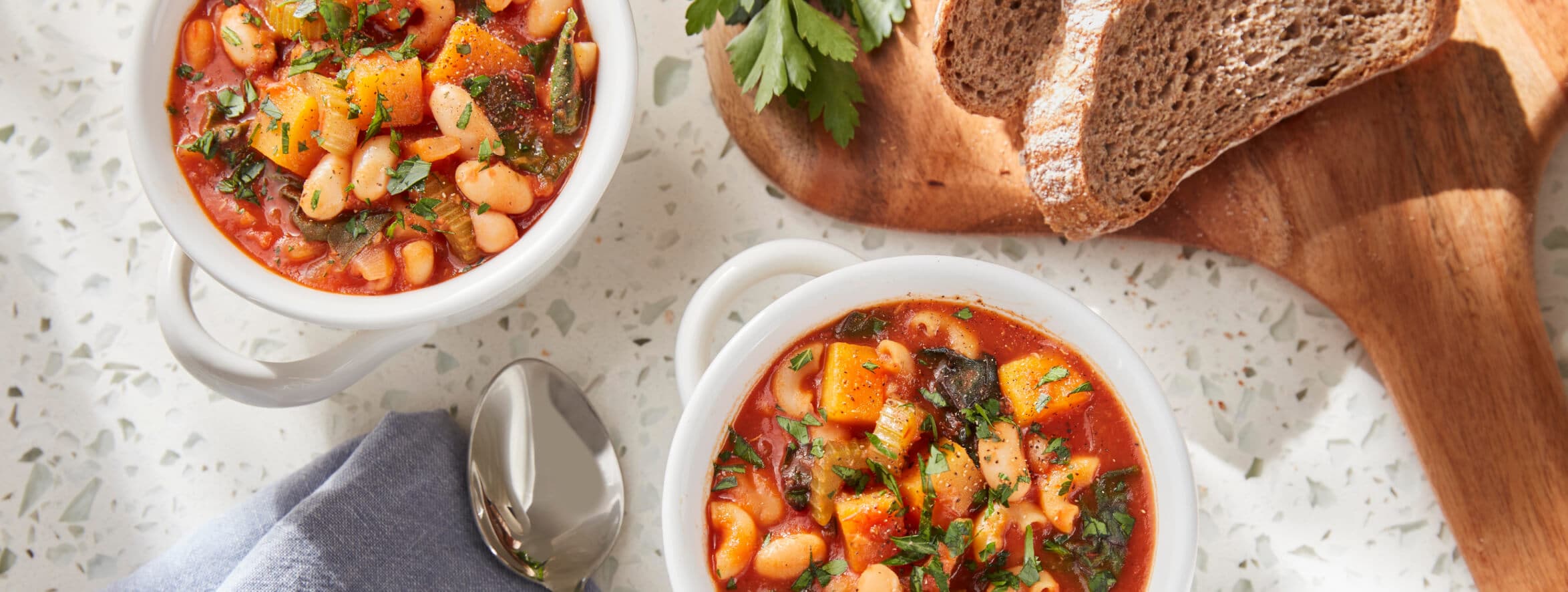
8 ROOT-TO-STEM COOKING TIPS: HOW TO COOK MORE SUSTAINABLY
Thinking of tossing those fennel fronds or that watermelon rind? Hold up, those are tasty and nutrient-rich ingredients. With a little creativity and imagination you can turn those fruit and veggie scraps you thought were trash into a delicious sauce or a healthy snack. Taking on the challenge of eliminating food waste can be fun and earth friendly, and a more mindful way to create in the kitchen. Read on to discover how, with just a little extra thought, you can get more than one dish and one flavor out of a single plant every time you cook.

WHAT IS ROOT-TO-STEM COOKING?
Root-to-stem cooking is a sustainable movement that is similar to nose-to-tail cooking and aims to use as much of each ingredient as possible to reduce food waste. This includes using fruit and vegetable peels, stems, leaves and stalks in your recipes.
According to the FDA, 30–40% of the food supply in the United States is wasted, and food is the largest category of materials found in landfills. Root-to-stem cooking can help you reduce the amount of food waste that is created when you make.
8 TIPS FOR ROOT-TO-STEM COOKING
With the right techniques and tips, you can reduce food waste in your kitchen and find new uses for your favorite fresh ingredients.
1. START WITH A STOCK
One of the easiest ways to use your produce scraps is in a stock, which can be the flavor packed foundation for all kinds of soups, sauces and braises. Save everything—corn cobs, garlic and onion skins, celery leaves, cauliflower cores, fennel stems, carrot tops, the woody ends of asparagus—for the stock. It might take a little time to accumulate enough veggies for a decent size stock, so keep a gallon-size freezer bag of “stock scraps” in your freezer and add to it every time you cook.
STOCK TIP:
The vegetable to water ratio for a stock may vary based on personal preference, but as a general rule, you need a quart of water for every pound of vegetables you use. Simply simmer water, vegetables and the seasonings of your choice for an hour, then strain. Cool and store in the fridge for up to four days or ladle 4 cup portions into freezer bags and store flat in the freezer for up to three months.
2. TRY A TWIST ON PESTO, PISTOU OR CHIMICHURRI
Think beyond the traditional basil for your next pesto. Fennel fronds, carrot tops and beet greens, just to name a few, can be tossed in the blender or food processor with a little olive oil, minced garlic, salt, nuts and parmesan cheese to make a delicious sauce for a pasta dish or to finish a soup. Pistou, the French version of pesto, which typically is made without nuts, can be prepared with non-traditional greens as well. Try radish tops for a slightly peppery twist on a classic and serve a drizzle on your fish or a piece of crusty French bread. And chimichurri, the Argentinian condiment similar to pesto, is traditionally made with parsley or cilantro, but the tender leafy parts of the carrot top can be used to make a bright, herbaceous sauce that’s a great accompaniment to all kinds of meats and savory dishes.
PESTO TIP:
If you’re making pesto with greens that include a stem, like radishes or fennel, don’t throw those stems away. Add them to pasta water to infuse your pasta with a little extra flavor.

3. PARTAKE OF THE PEELS AND PODS
The peels and skins from fruits and vegetables are often the most flavorful and nutrient-rich parts of the plant, especially if you’re using organic produce. Making mashed potatoes for a Mother’s Day dinner? Save all those bits of skin you’ve carefully peeled away, toss them in a little oil and some seasoning, then roast them in the oven for an easy, salty snack or a crispy addition to a salad. Use vegetable peels to make vegetable noodles, which add new textures and tastes to old favorites.
Most of the pectin in apples is found in the skins and seeds so they’re ideal for making jelly. Use the jelly on a charcuterie board or on proteins like pork or chicken. Citrus peels—orange, limes, lemons and grapefruits—can be candied for a sweet, fragrant garnish for cakes and pastries or blended into muffins or breads. Save them to garnish at tea time or cocktail hour.
And by all means, don’t throw those pricey vanilla bean pods away. Bury dried pods in your sugar jar to delicately infuse the sugar with a “vanilla-y” perfume. Or spin the pods in your food chopper with some sugar to use in baked goods.

4. ADD LONGEVITY BY PICKLING
Has your garden produced a bumper crop of chilis, or did you only use half of the vegetables you purchased for that ratatouille? Before that produce spoils, consider pickling. Pickling can add life to the taste of produce with bright, briny notes. It can also add up to two months of shelf life to a wide variety of fruits and vegetables, including onions, beets and apples. Use your refrigerator pickles as garnishes for cocktails, or to add zest to a salad, or crunch to a sandwich or cheese plate.
PICKLING TIP:
The basics of pickling are simple. You need vinegar, water, kosher salt or sugar and the seasonings of your choice. A basic pickling ratio is 3:2:1—3 parts vinegar, 2 parts water and 1 part sugar. Use this as a starting point and add your own twist; experiment with different types of sugars and vinegars or add some pink peppercorns, yellow mustard seeds or a handful of dill.
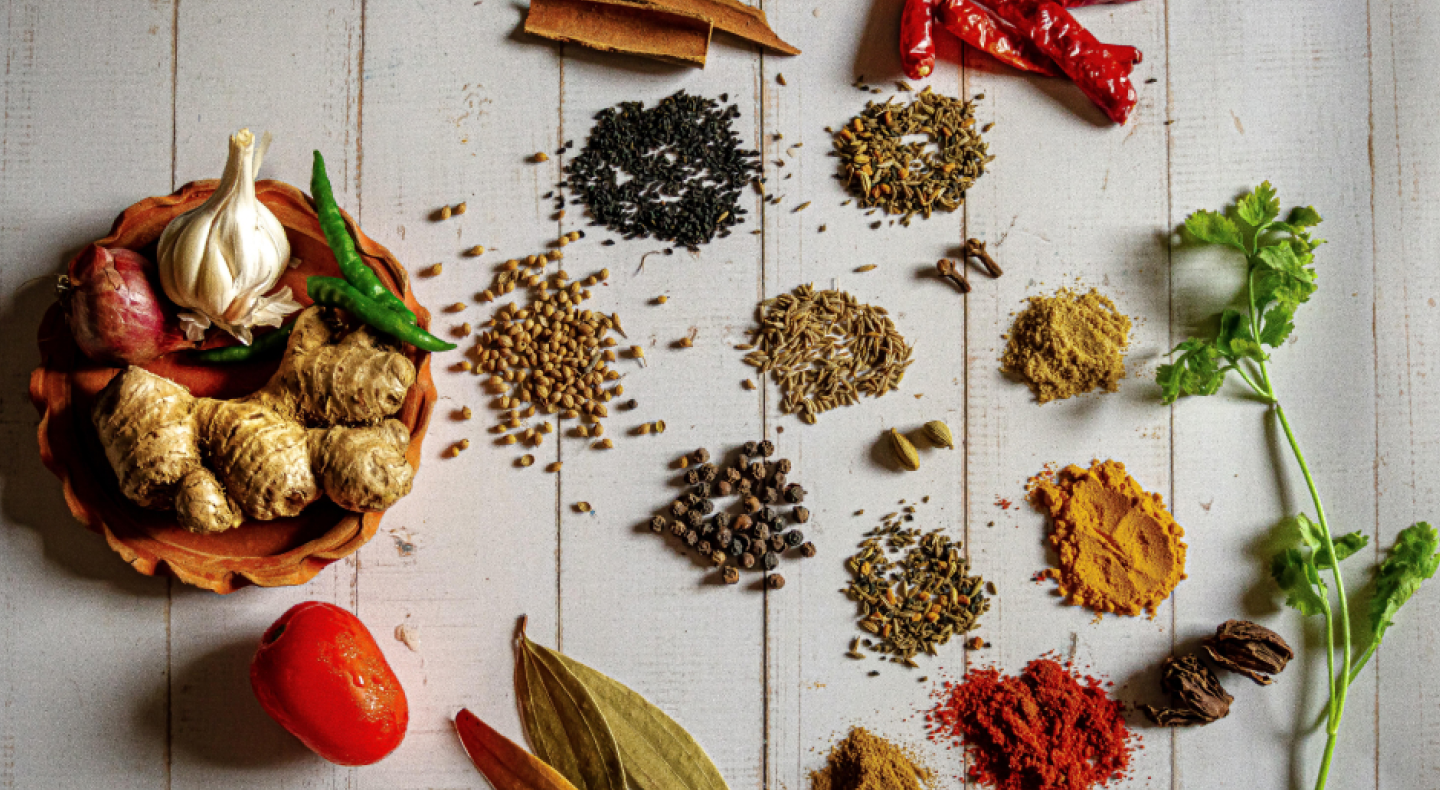
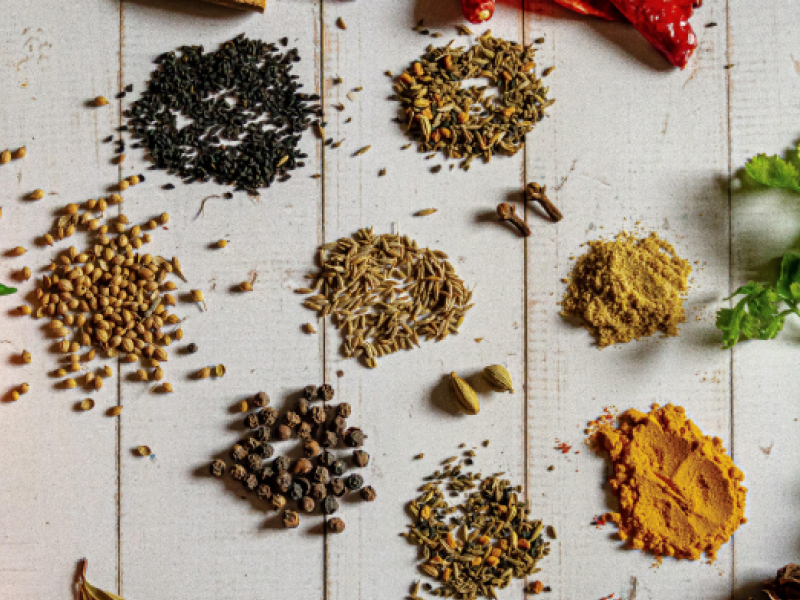
5. TREAT YOURSELF TO SOME SEEDS
Seeds are found in all kinds of squashes and melons and they’re not only edible, they’re nutrient dense. Toasted watermelon seeds are a tasty way to replace an unhealthy snack. And don’t forget about cucumber seeds, they can be dried—tossed with a little olive, kosher salt and your favorite spices—then roasted for a crunchy afternoon snack or added to baked goods for a little nutritional bonus.
6. MAKE VEGETABLE RICE
Produce like cauliflower, butternut squash, sweet potatoes, jicama, daikon and parsnips can be transformed into a rice dish that you can add to soups and stews, tossed in a salad or served as a veggie-packed side dish. Simply cut the vegetables into small chunks, add them to your food processor and pulse until a rice-like texture is formed. Be sure to saute some types of rice—like squash, sweet potato or parsnip rice—before eating.
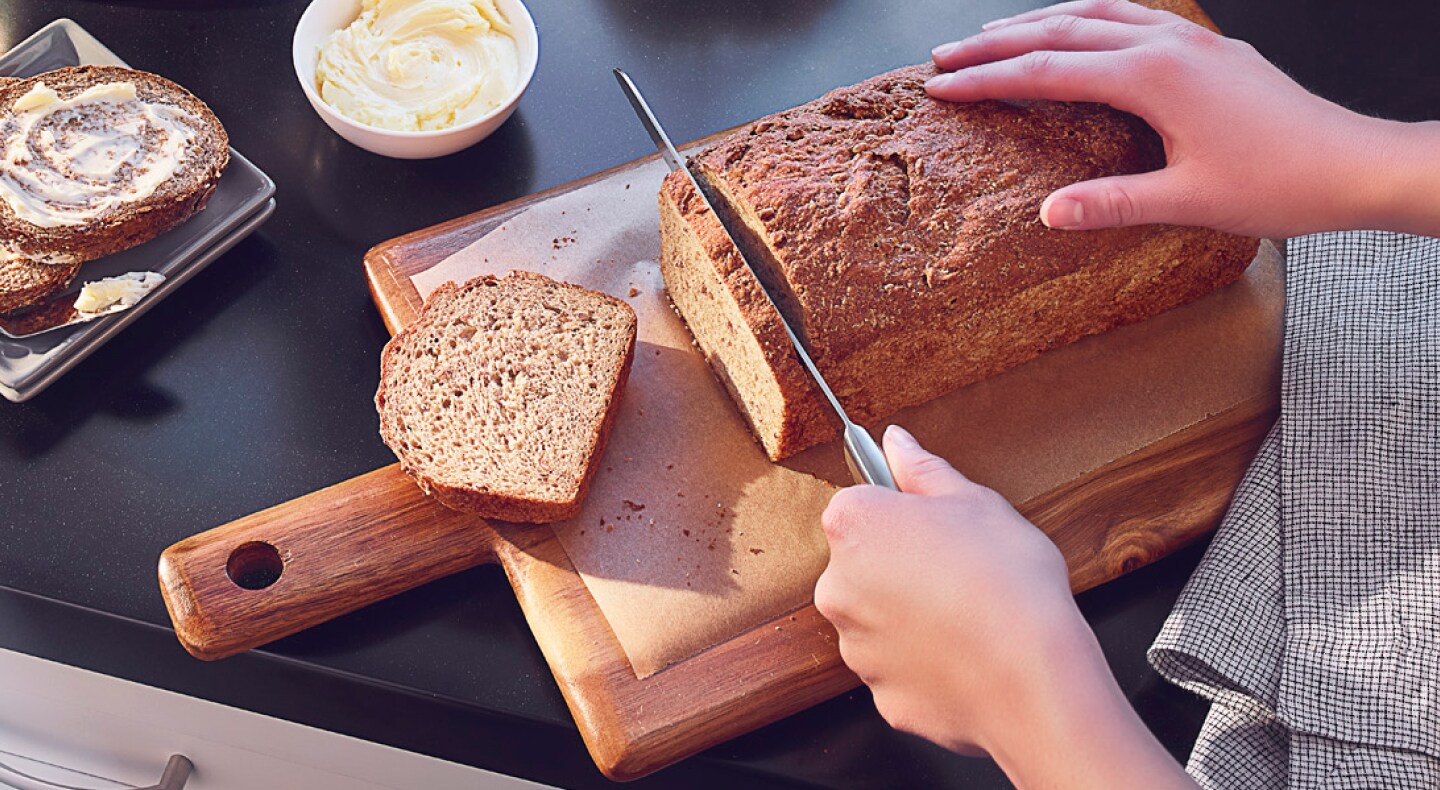
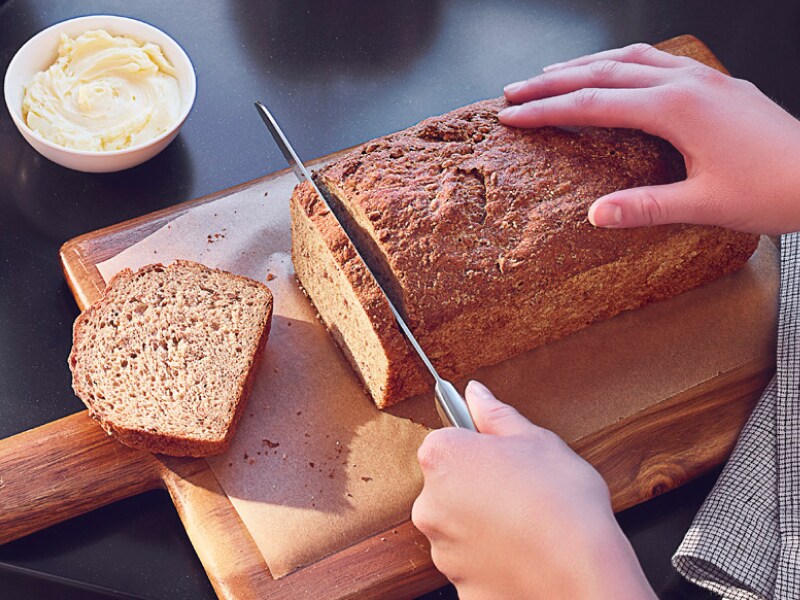
7. EXPERIMENT WITH BAKED GOODS & DESSERTS
Your overripe fruit doesn’t have to go in the compost bin just yet. Instead, take advantage of the sugary flavors by creating baked goods and desserts like banana bread, blueberry muffins and even homemade jam. Overripe fruit tends to be sweeter and juicier than fresh fruits, making it the perfect ingredient to work with when your sweet tooth strikes.
8. DON’T FORGET TO COMPOST
Composting is always an option for getting rid of those last few produce scraps, but keep in mind that too much citrus peel or onion in the compost bin can be detrimental to healthy compost, because it can kill worms or microorganisms that help with decomposition. And remember to alternate your greens (nitrogen rich) and browns (carbon-rich) to help control decomposition and odor.
ROOT-TO-STEM RECIPE IDEAS
If you’re ready to get started on your root-to-stem cooking journey, explore the following recipe ideas to get inspired:
- Swap traditional rice for veggie rice with this cauliflower fried rice with chicken recipe.
- Make use of your seasonal parsnips by baking spiced parsnip muffins topped with molasses icing.
- Enjoy this veggie sandwich recipe that highlights the tangy flavor of pickled vegetables.
- Don’t let your zucchini and broccoli go to waste by making this spiralized zucchini pasta with broccoli and basil pesto.
EXPLORE KITCHENAID® APPLIANCES FOR COOKING ROOT-TO-STEM
With the help of KitchenAid® stand mixers, food processors and blenders, you can discover new ways to prepare your favorite fresh ingredients from root-to-stem.
DISCOVER MORE COOKING TIPS FROM KITCHENAID BRAND
-
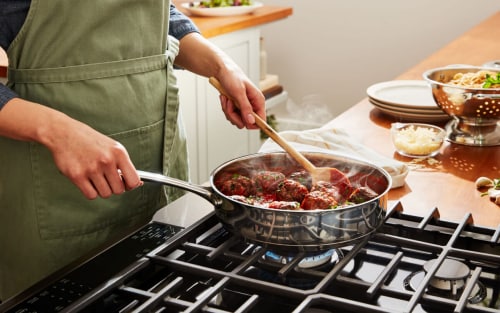 20 Tips for Meal Prepping for the Week Whether you’re a meal prep beginner or pro, get tips to help make meal prep easier. Learn how to prepare healthy meals for the week ahead.
20 Tips for Meal Prepping for the Week Whether you’re a meal prep beginner or pro, get tips to help make meal prep easier. Learn how to prepare healthy meals for the week ahead. -
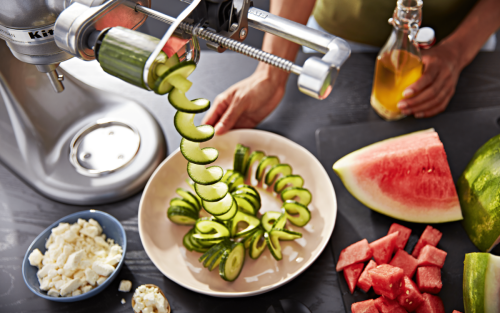 How to Use a Spiralizer KitchenAid® spiralizer attachments have plenty of uses and can help make food prep easier. Learn more about using a spiralizer and get helpful tips with this guide.
How to Use a Spiralizer KitchenAid® spiralizer attachments have plenty of uses and can help make food prep easier. Learn more about using a spiralizer and get helpful tips with this guide. -
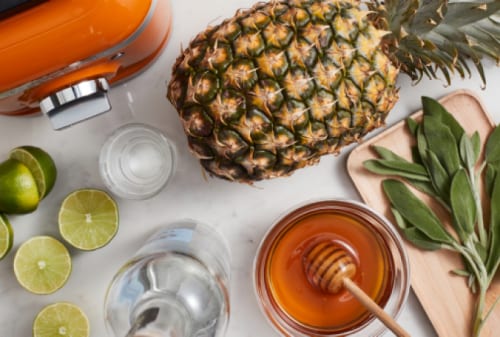 21 Ways to Use Honey Use honey to cook, sweeten beverages, make butter and even for skin care. Get inspired by the many ways to use honey with this guide.
21 Ways to Use Honey Use honey to cook, sweeten beverages, make butter and even for skin care. Get inspired by the many ways to use honey with this guide.
